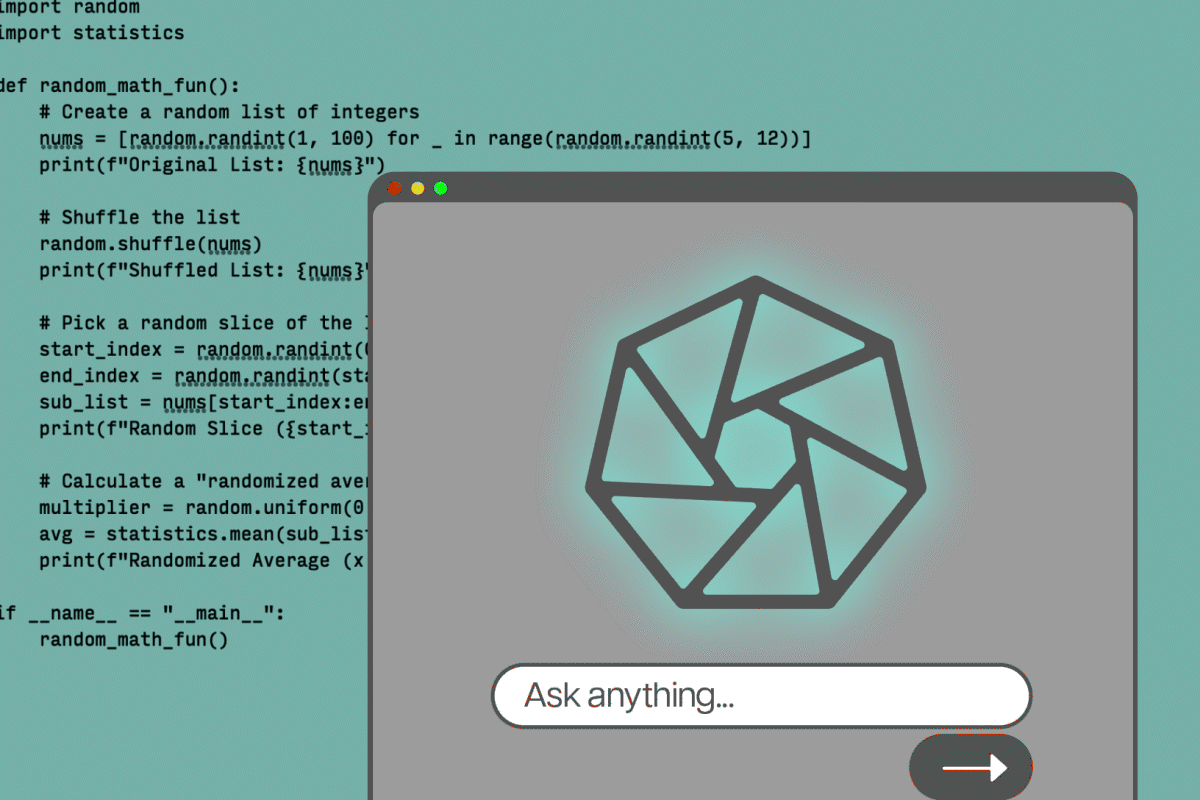AI‑Assisted Coding Resilience and Risks in Modern Software Development

Key Points
- AI excels at generating focused code snippets and answering documentation queries.
- Large‑scale code generation often yields over‑engineered or incoherent results.
- Effective use requires treating AI output as a draft and applying human editing.
- Reliance on AI may diminish deep programming skills if not balanced with practice.
- Security risks can be mitigated through prompt engineering and automated reviews.
- The technology shifts developer effort toward architecture and strategic tasks.
- Future tools will handle broader contexts, increasing integration into workflows.
AI tools are reshaping how developers write and understand code, offering speed and convenience while also raising questions about quality, security, and skill erosion. The technology works best when used for focused tasks, acting as an editorial partner rather than a full‑scale replacement. Experts warn that reliance on AI can diminish deep programming knowledge, yet the same tools can accelerate learning and improve security when combined with human oversight. The evolving balance between automation and craftsmanship defines the current debate on AI’s role in software engineering.
AI as a New Programming Partner
Developers are increasingly turning to AI‑driven assistants to generate, explain, and refine code. These systems excel at handling narrowly defined problems, such as converting a short snippet or producing a specific function, and they can quickly produce usable output when the scope is tightly constrained. Users report that the AI behaves like a helpful pair‑programmer, offering suggestions without judgment and answering documentation questions in plain language.
When the task is limited, the AI can deliver results with impressive efficiency, allowing engineers to focus on higher‑level design decisions. The technology also serves as a rapid learning aid, summarizing. By asking the model to outline the flow of an unfamiliar codebase, developers can obtain a conceptual map that saves considerable time.
Challenges of Broad‑Scope Generation
Attempts to have AI produce large, integrated systems often lead to over‑engineered or incoherent code. The models tend to add unrelated fragments and may miss critical architectural considerations. This behavior mirrors the difficulty of asking a tool to construct an entire building rather than a single component. Consequently, many experts treat AI output as a draft that requires substantial human editing, both at structural and line‑by‑line levels.
The need for iterative prompting—refining the request and revising the output—mirrors an editorial process. Successful use of AI involves guiding the model, reviewing its suggestions, and applying domain expertise to ensure the final product meets standards.
Impact on Developer Skills and Culture
There is concern that reliance on AI could erode deep programming competence. Developers who habitually delegate routine coding tasks to a model may see a decline in fluency with language nuances and algorithmic thinking. Some seasoned engineers describe a feeling of skill drain when they no longer perform low‑level coding manually.
However, many also view AI as an augmenting force that frees time for more strategic work. By automating repetitive chores, engineers can devote effort to system architecture, performance optimization, and innovative problem‑solving. The technology thus reshapes the craft, shifting emphasis from manual code creation to higher‑order design and oversight.
Security Considerations
Security remains a focal point of debate. Critics argue that AI‑generated code may introduce vulnerabilities, especially when developers lack the expertise to evaluate the output. Proponents counter that AI can embed security best practices when prompted correctly, such as recommending encryption and key management strategies.
Automated analysis tools already flag potential flaws in AI‑produced code, and integrating these checks into the development pipeline can mitigate risk. The consensus suggests that AI is not inherently insecure but that diligent review and testing remain essential.
Future Outlook
The trajectory of AI‑assisted coding points toward deeper integration with development workflows. As models improve at handling multi‑file contexts and larger codebases, their utility will expand. Yet the core principle emphasized by experts is that AI should complement, not replace, human judgment. The balance between automation and craftsmanship will define the next era of software engineering, with successful teams leveraging AI for efficiency while preserving the critical thinking and expertise that underpin robust, secure software.